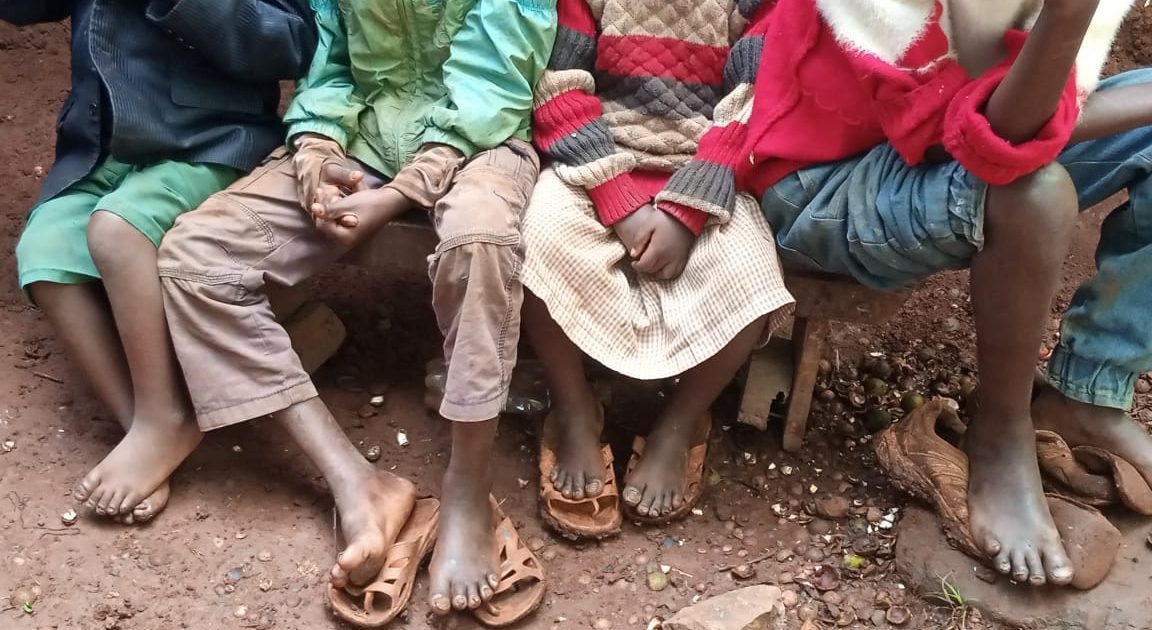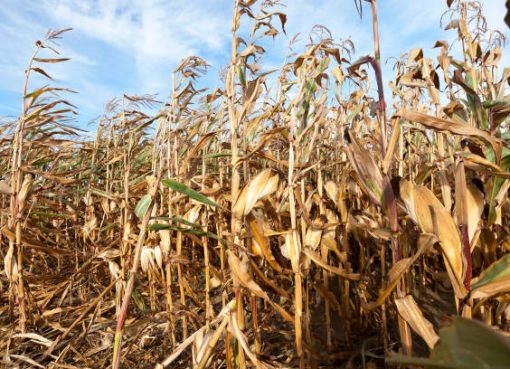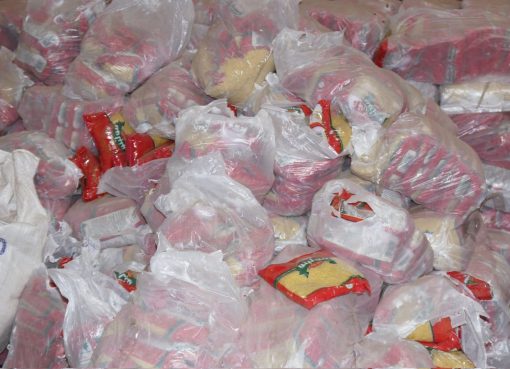Nakuru County Government will carry out a baseline survey to determine the cause of jiggers in areas previously not affected.
The County Public Health Officer Mr George Gachomba stated that a number of Sub-Counties in the devolved unit which had never been considered jigger endemic zones were having various households affected by the vermin, which was raising alarm.

While disputing that jiggers were as a result of a curse or poverty in the county, Mr Gachomba pointed out that the major cause of jigger infestation was lack of proper hygiene.
“We have concluded the second scientific household survey to document prevalence, geographic distribution, and seasonality of Tungiasis infections in all the 11 Sub-Counties. Rongai and Subukia sub-counties are the worst hit by the disease. Next, we need to find out why jigger infestations are being reported in some untraditional zones,” added the Public Health Officer.
Tungiasis is a disease caused by jiggers commonly known as sand flea, Chigoe, or ‘funza ‘in Swahili or scientifically as Tunga penetrans that burrow into the skin of their host.
Without quick intervention, Tungiasis leads to a jigger infestation. Should the female die in the skin of its host, a secondary infection will result. This infection, if left untreated, could lead to tetanus, gangrene and even loss of the affected toe.
Records from the Ministry of Health estimate that about 2.6 million Kenyans suffer from Tungiasis resulting from jigger infestation.
Speaking during deliberations on findings of the survey at the county headquarters the Public Health Officer expressed concern that the majority of residents consider jigger infestation and infection by Tungiasis as a nuisance rather than a health condition.
He added “Tungiasis is a major health problem in Kenya; to address it requires concerted efforts from the head of the household to the government policy makers.”
Mr Gachomba said Governor Susan Kihika’s administration was putting in place sound health and social-economic interventions aimed at breaking the vicious cycle of poverty, ignorance and disease in the community.
He noted that awareness campaigns had been ramped up among affected communities in a bid to eradicate the menace.
The health official said school children, the aged and mentally and physically handicapped were the most affected by jiggers in the county.
Mr Gachomba said jigger-infested school children were unable to concentrate in class due to the irritation caused by the wounds.
“Children have been forced to drop out of school while others have become unproductive in addition to losing their dignity and self-esteem due to infestation,” he said.
The Tungiasis survey was held in partnership with the KEMRI Wellcome Trust whose Principal Investigator was Dr Lynne Elson. The first phase of the study was conducted between May 2021 and July 2021, while the second one was carried out from October 2021 to October 2022.
The official pledged to lobby his colleagues to have the county government allocate funds in its budget for fighting jiggers for the residents to remain productive.
Dr Elson said stigma caused many children to abandon school while their parents were isolated from communal development activities.
“It is a sad state of affairs that those who are invaded by jiggers remain isolated because everyone laughs at them,” she said.
Dr Elson further noted that jigger infestations also pose the risk of transmitting other infections through the use of unsterilized equipment. She added that sharing of a single pin to extract jiggers is a common practice that exposes individuals to communicable diseases.
She said many school children had been affected by jiggers and the situation was partly to blame for the poor academic performance in endemic regions.
She said affected children could end up being dependents in the community because most of them dropped out of school.
“Most of these children feel stigmatized and because of underlying poverty in their families, they drop out of school. This acts as a hindrance to the country’s collective move towards economic development,” Dr Elson noted.
Jiggers are normally found in the sandy terrains of warm and dry climates. They have a preference for deserts, beaches, stables and the soil and dust found on farms or areas with livestock. They tend to hide in cracks on the floor, walls and in crevices.
Jiggers attack the hands, feet, knees, buttocks and private parts. Both the female and male fleas feed on their warm-blooded hosts, although it is the female which burrows into the skin by anchoring the mouth and claws into the epidermis in a painless process, making the infestation easy to happen.
It normally attaches to the skin of the host and especially between the toes and the toe nails. Once bitten, swelling happens accompanied by severe itching and dermatitis. The resultant sores normally fill with pus and thereafter become infected.
A tiny black dot on the skin, at the point of penetration, signals infestation by the sand flea. The black dot of the nodule is normally the posterior end of the flea sticking out. The opening gives the flea an opening for air and an exit route for feaces and eggs.
Thereafter in the coming weeks, the pest attack area enlarges into a white pea-sized nodule with well-defined borders that range from four to 10 millimeters. The infestation usually begins to irritate and itch when it is fully developed. Severe inflammation and ulceration can also occur.
Over 100 eggs are released through the exposed opening and fall to the ground two weeks after infestation. The eggs, upon falling on the ground, hatch within four days.
Apart from humans, jiggers also infest dogs, cats, rats, pigs, cattle and sheep.
By Jane Ngugi and Rita Soila





